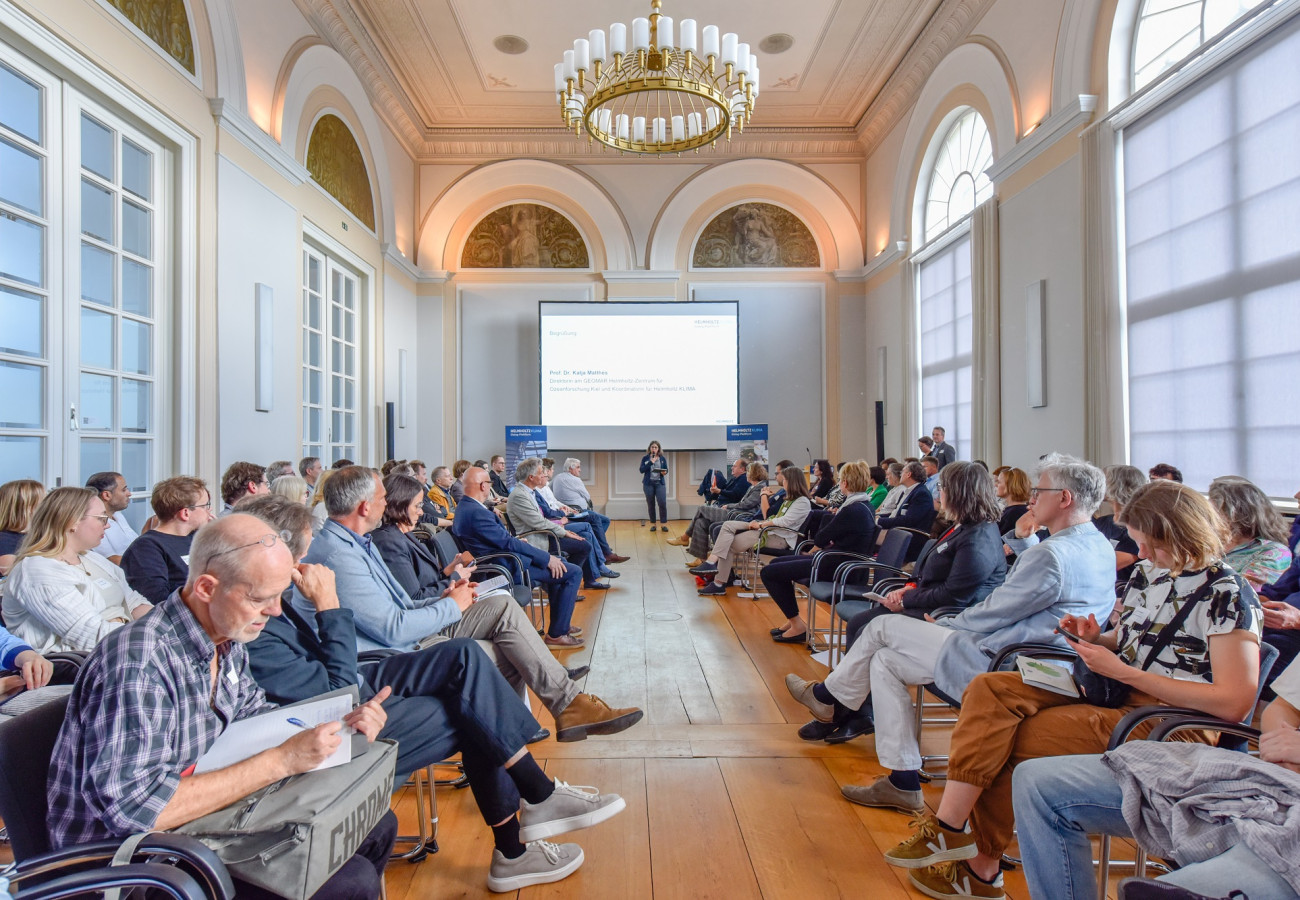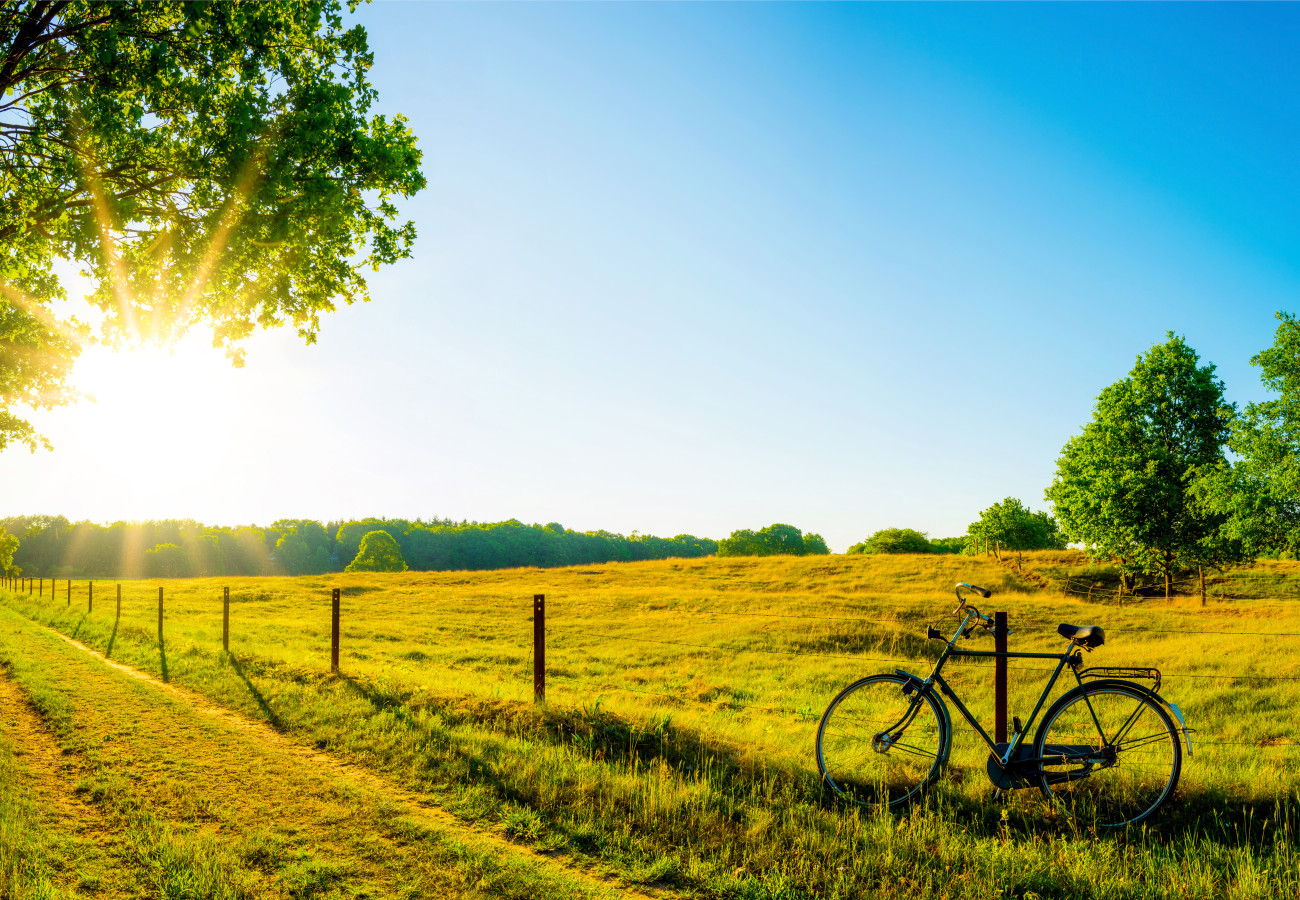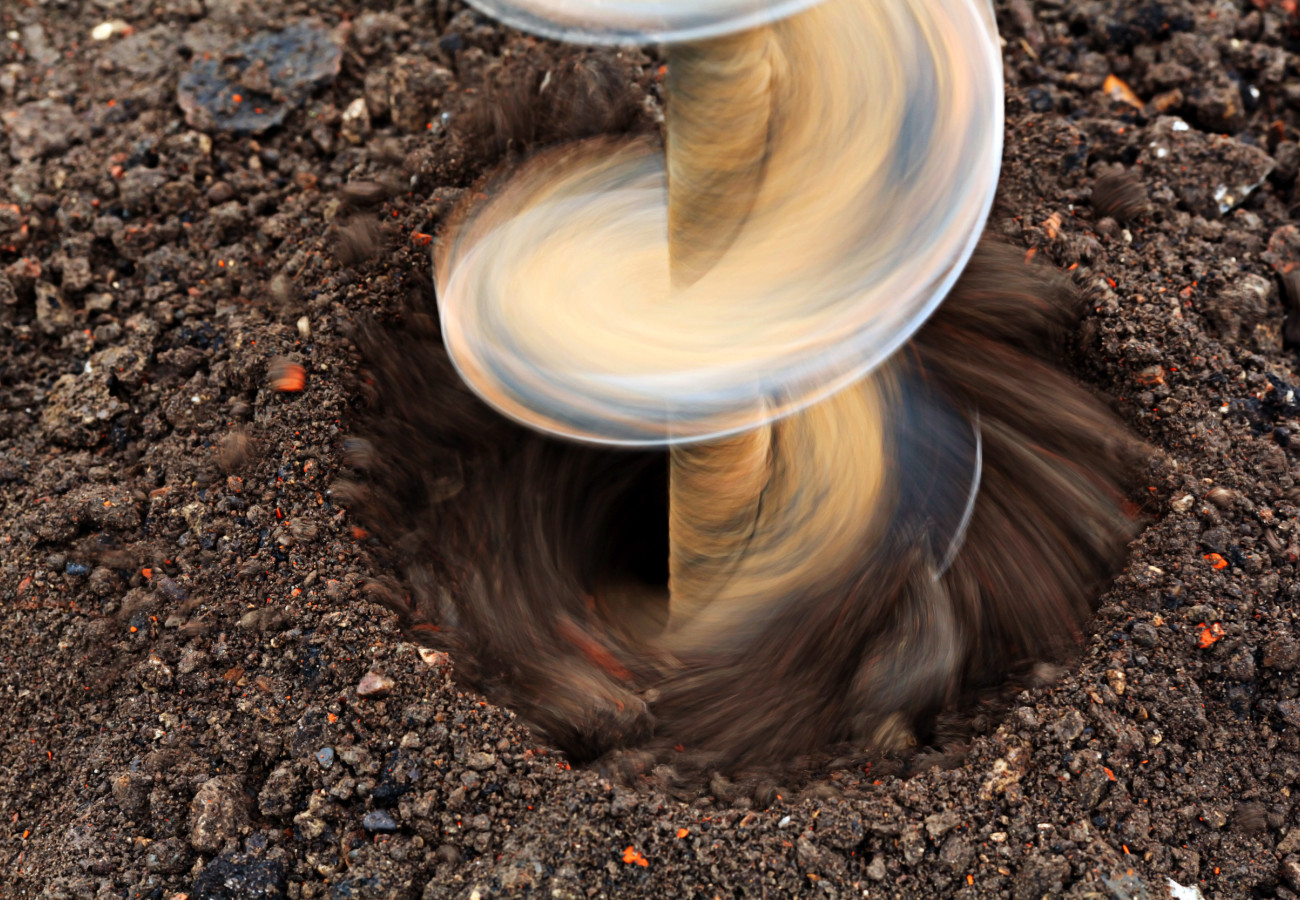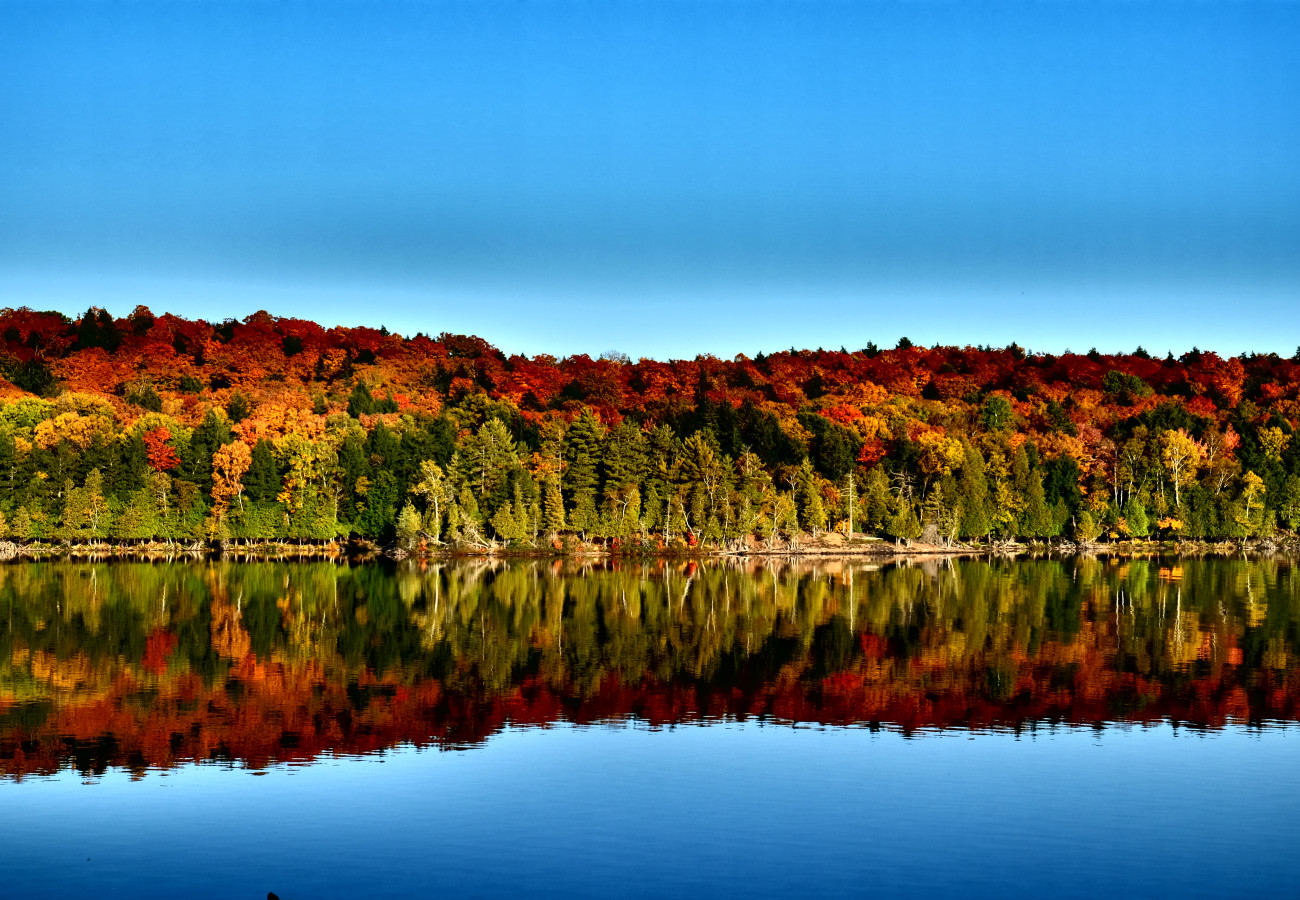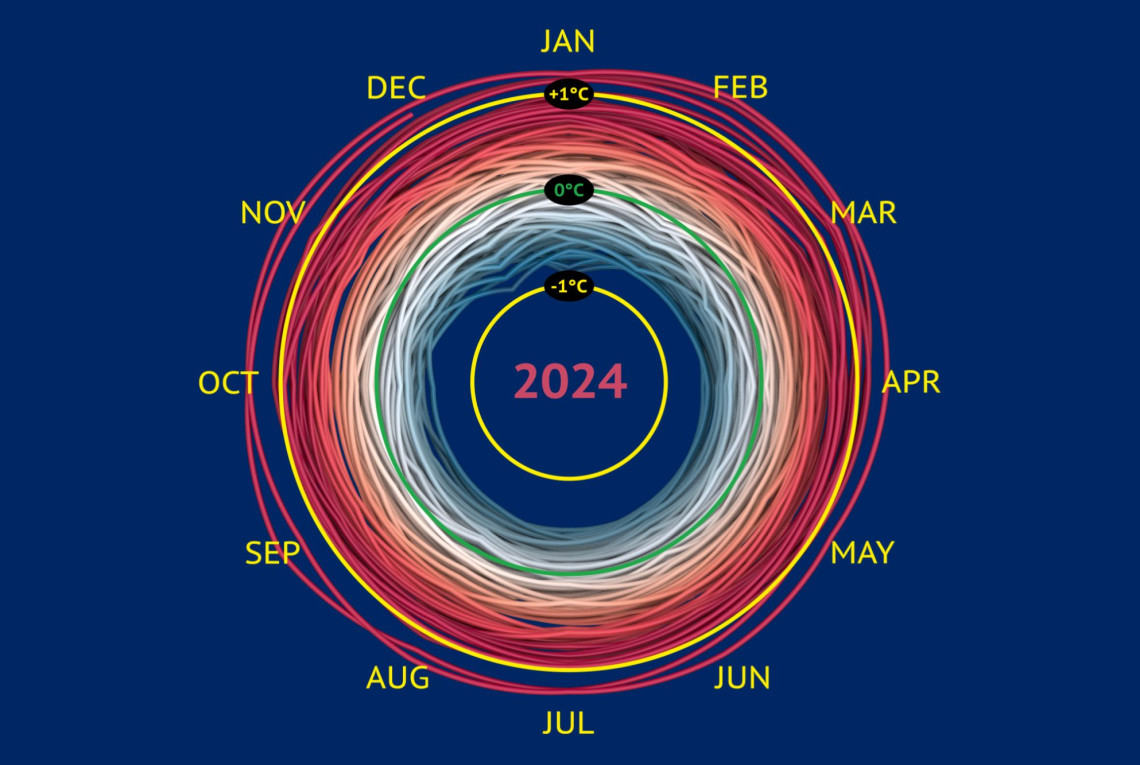Expert:innen
Entdecken Sie unser Netzwerk aus Forscher:innen und finden Sie die passenden Ansprechpartner:innen für Ihre Fragen.
Expert:innenDialog-Formate
Helmholtz KLIMA vermittelt als Dialog-Plattform zwischen Politik und Wissenschaft. Erfahren Sie mehr über unsere Arbeit!
Dialog-FormateKlimawissen
Unsere einfache und effektive Schlagwortsuche führt Sie schnell zu wissenschaftlich fundiertem Klimawissen.
Klimawissen